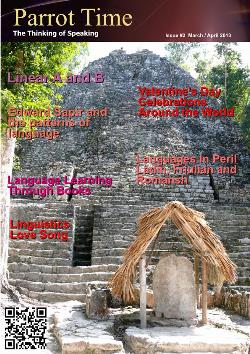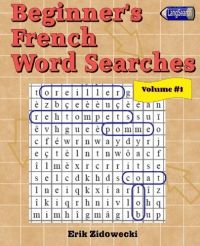
|
Grammar Books  For the really hardcore language learners (those who spend a lot of time studying various languages), a grammar book might be the best method to learn the language. These books won't waste the readers time with long explanations and extensive dialogues. They will present the grammar of the language in a concise manner, giving perhaps a few examples. They also won't spend any time explaining what a noun or an adjective is, or what is meant by a verb tense. These are reference books only. Dictionaries No matter what kind of self-study book you are going to use, a multilingual dictionary is always a book you should pick up. The best ones are divided into two parts, with one part having the words listed in the readers native language, the second with them listed in the new language, so that one can easily find the meaning of new words they encountered while also being able to find a new word they need. If you are using a grammar book as your main source of self-study, then a dictionary becomes essential. 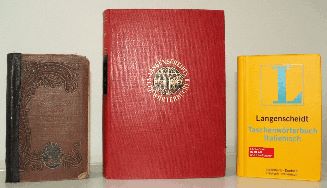 Three different versions of Langenscheidt dictionaries. Just like the teach yourself books, there are a wide variety of dictionary series to choose from. Perhaps the most popular is the Langenscheidt series, produced in Germany. These are very small but thick, usually with plastic covers, and the most modern ones are in a noticeable bright yellow, but you can find older ones in a variety of darker colors. They are designed for travel, although there are larger, hardcover versions. Even if the book you use has a small dictionary in the back, the advantages of having a separate dictionary can not be overstated, as you will always encounter new words in your studying. Readers Some learners find that reading in their new language is the most beneficial way of picking up the grammar and vocabulary. It is closer to an immersion style of learning than most of the other books mentioned here, although there are a few course books that are also written entirely in the new language. A learner could pick up a novel or set of short stories in their new language and try to absorb the language that way, although this is usually done when the learner has already been studying the language for a while, since otherwise it requires a lot of looking up words in a dictionary. Such a book is often called a "Reader" for obvious reasons. Dual-Language Books An alternative to a Reader is a Dual-Language book. As the name implies, it has the content written in two languages, either in opposite columns on each page or on opposite pages. These greatly reduces the need for looking up new words and is therefore less disruptive to the flow of reading. These books might be collections of poetry, short stories, or entire novels. They are likely to contain some notes on particular parts of the text, for example explaining a particular idiom, since languages rarely translate word-for-word. These notes become even more important if the source text is from an older source. Comic Books 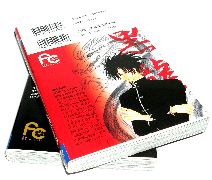 Japanese Manga books While this may sound odd, comic books, sometimes called "graphic novels", can be a good source of study material. First of all, they are mostly dialogue in a story setting, which makes them useful for learning speech patterns. They are, by nature, visual, which aids in explaining what is being said (there is a reason that comic books are often the first books a child reads). The nature of the stories given will also give an insight into cultural patterns and references. The comic book format of Japanese Manga is often used to help learn Japanese. There was even a magazine called Mangajin during the 1990s that specifically used comics to teach Japanese. Of courses, there are some drawbacks to using comic books. They are likely to be using many idioms and slang which may be confusing. Also, depending on the type, not all the words will be easily translatable. For example, how does one translate "web-slingers" or "kryptonite" from a superhero comic? Magazines and Newspapers 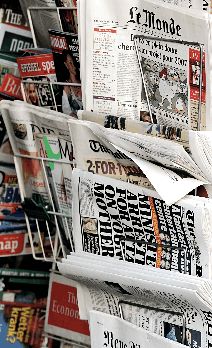 While not really books, magazines and newspapers can be very helpful in learning a new language. They are usually straight forward in the writing, not using many idioms or slang references, and are relative to daily events. Also, since they are produced on a regular basis (newspapers normally once a day or week, magazines once a month), new content is available often. They are also very cheap to buy, if you can get them locally, as well as being very easy to find online for most major languages for free. While studying a language, you are most probably going to pick up some kind of book or printed material to aid you. What kind of book you choose will largely be based upon your preferred method of learning as well as your time constraints and eventual fluency goals. I hope this article has helped provide you with some ideas on which will be best for you. |
| Language Learning Methods - Books | ||||||||
| Writer: | Erik Zidowecki | |||||||
| Images: | ||||||||
| ||||||||
All images are Copyright - CC BY-SA (Creative Commons Share Alike) by their respective owners, except for Petey, which is Public Domain (PD) or unless otherwise noted.
comments powered by Disqus












